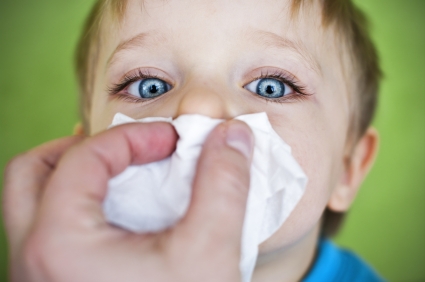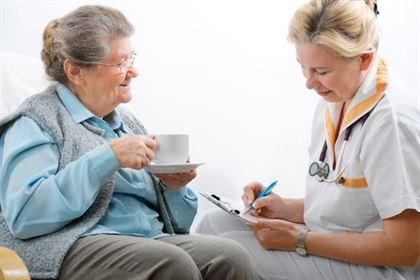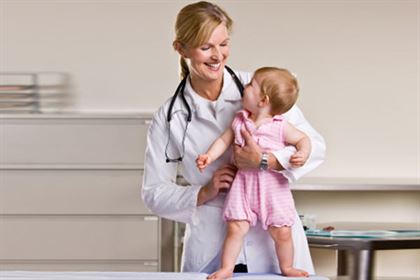Infections with enteroviruses are usually common in the United States during summer and fall. This year, the enterovirus that is causing respiratory illness in children is EV-D68.
Since then, CDC and states have been doing more testing and have found that EV-D68 is not new; it was first identified in California in 1962. Small numbers of EV-D68 have been reported in previous years. But this year has been one of the worst.
From Mid-August to October 17, 2014, CDC or state public health labs have confirmed a total of 825 people in 46 states and the District of Columbia with EV-D68.
– CDC expects that, as with other enteroviruses, EV-D68 infections will likely begin to decline by late fall.
– CDC has received informal reports from some hospitals and states that are seeing signs of decreasing EV-D68 infections. CDC is gathering more information from states and assessing whether this represents a national trend.
Infants, children and teenagers are at the highest risk for getting infected. That is because their immunity has not been built to fight this type of virus. Children with asthma have a greater risk.
Activity for the week of October 5-11, 2014, forty four states had submitted assessment, 32 states reported low activity while 12 states included elevated cases of the virus which included California, Washington, and Illinois.
Symptoms
· Mild symptoms may include fever, runny nose, sneezing, cough, and body and muscle aches.
· Severe symptoms may include wheezing and difficulty breathing.
Treatment
· There is no specific treatment for EV-D68 and no vaccine available. Talk to your child’s doctor on the best medications available
Protection
The CDC recommends the following to protect others from being sick and spreading the infection:
· Wash hands often with soap and water for 20 seconds. Washing hands correctly is the most important thing you can do to stay healthy.
· Avoid touching eyes, nose and mouth with unwashed hands.
· Avoid close contact, such as kissing, hugging, and sharing cups or eating utensils, with people who are sick.
· Cover your coughs and sneezes with a tissue or shirt sleeve, not your hands.
· Clean and disinfect frequently touched surfaces, such as toys and doorknobs, especially if someone is sick.
· Stay home when you are sick and keep sick children out of school.













